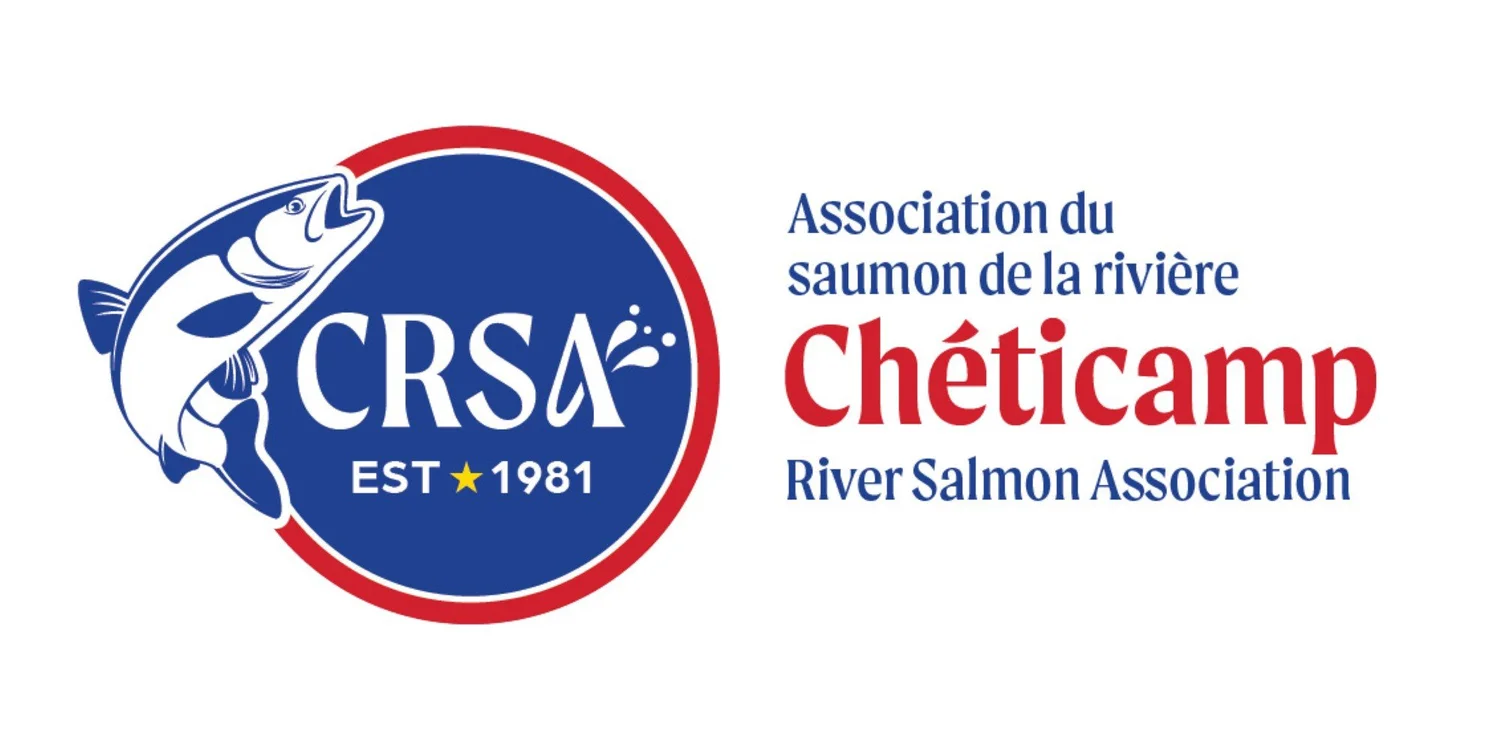2018 Field Season, here we come!
With May quickly wrapping up, we've decided that it's time for an important update on what the Cheticamp River Salmon Association is planning for our 2018 field season.
To start, we're excited to be continuing to partner with Cape Breton Highlands National Park to expand the water temperature study that we initiated last year, and to complete additional instream restoration work on the lower Cheticamp River.
The water temperature study we conducted last year focused on the Cheticamp River as well as the Cheticamp reservoir. Working with our Parks Canada partners, we deployed water temperature probes at key locations along the Cheticamp River and also at different depths in the Cheticamp reservoir (we were interested in whether a cold water layer exists at lower depths). Parks Canada also shared their historical water temperature data with us so that we could look for possible trends (e.g., warming or cooling).
Last year's Field Technician, Gabrielle McLaughlin, recording water temperature data on a trip to the Cheticamp reservoir.
After analyzing our data, reviewing our methodology, and discussing results with our project partners, we collectively decided that the study should continue in 2018. An additional season of data will help give us a better understanding of the Cheticamp River's water temperature profile as well as the situation at the reservoir. We will be providing updates once we get started on this important second phase of our study!
In addition to our water temperature study, we will be working with Cape Breton Highlands National Park to address a number of loose ends in our habitat restoration project focused on improving fish passage on the lower Cheticamp River. Issues including extreme weather events (see our post on the flood in 2015) and shortened windows for instream work have meant that there is still some work to do to restore impacted habitat and remove potential barriers to fish passage at a few key sites along the lower Cheticamp River. Once our lead project consultant completes his spring site visits and provides an updated restoration plan for the Cheticamp, we will share details about this upcoming work.
Parks Canada staff flying a drone last summer to help us to collect before and after photos and videos at our work sites on the lower Cheticamp River.
Outside the Cheticamp River, we also have plans to improve fish passage on two smaller watercourses: Aucoin Brook (a tributary of the Cheticamp River), and Farm Brook (located just south of Cheticamp). Both of these brooks require the use of heavy equipment to remove blockages of large debris and open sections of infilled channel that have created serious problems for migrating fish. In addition to the heavy equipment work, we are also in the process of hiring students to work as part of our habitat restoration work ctew this summer. This team will be busy with a variety of work projects, including helping conduct water quality monitoring, carrying out maintenance to existing instream structures, and installing new structures as required. Stay tuned!


